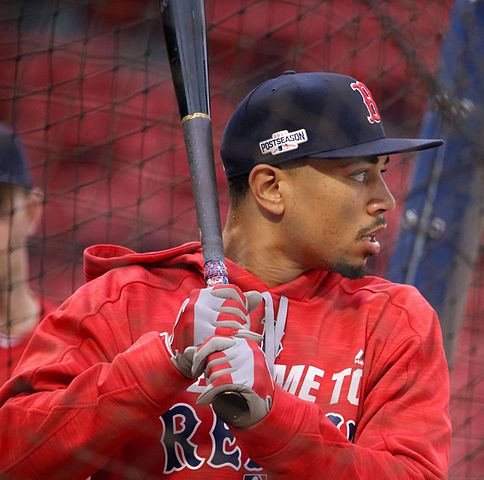
From the moment a player signs his first professional contract, a process begins to develop that player into a Major Leaguer. Countless hours will be spent honing one’s craft. From swings in a cage, to ground balls on the field, to pitches in the bullpen, each and every day is an opportunity for players to get just a little better. While the player development process in professional baseball is one that takes place over the course of a years, for the majority of those who ever have the privilege of getting paid to play our game, that full development never comes to fruition.
As a coach, we all love players who ooze tools. Professional scouts and recruiters alike all drool over players who can run like Billy Hamilton, barrel the baseball like Miguel Cabrera, display the power of Giancarlo Stanton, throw with velocity like an Aroldis Chapman fastball, or show off a breaking ball like Chris Sale’s slider. The Mike Trouts of the world don’t grow on trees, so when we see the rare athlete that might just have star potential, we cannot help to get excited about that player becoming a vital part of our club and its future success day in and day out.
In an era of a baseball that, on the surface, seems incredibly analytically-based and data-driven, there is a very simple answer to the question of when a player is truly ready to become a Big Leaguer and it has nothing to do with the numbers. It’s when they become reliable; when those tools turn into viable, usable skills; when we know we can pencil that guy into the lineup and they will do what they are supposed to do in order to play their part in helping our club win games. Nothing more, nothing less.
When a rookie first gets called up to the Major Leagues, no one is expecting them to be a star from day one. There is a definite learning curve that takes place at the game’s highest level, but often times all a Major League staff needs to know is whether or not a player is going to be in a position to successfully execute on the field. Callups are never expected to be a club’s savior, but rather are expected to be a reliable piece to that team’s big-picture puzzle.
The same premise holds true for players at the collegiate and high school levels of the game.
There is huge value to having a very good idea of what to expect out of your players when you pencil them in your lineup. Reliability isn’t light-tower power at 5:00 that mysteriously disappears at 7:00 when the lights go on. Nor is it a 95-MPH fastball that can never find its way near the strike zone or a 6.5 runner who can never find his was on base. Standout tools are worthless if they never show up in games, and while they offer massive potential for future success, they don’t breed the trust a coach is looking for.
So what does reliability actually look like?
For hitters, reliability takes on the image of consistent quality at bats where strike zone discipline is a staple of their every days in the batter’s box. Reliable hitters can handle the bat relative to the game, able to more runners over and drive runners in. They can cater their approach according to the game’s ever-changing variables like pitcher, count, situation, and score.
For pitchers, reliability looks like quality strike after quality strike, not just filling the zone with pitches over the heart of the plate, but rather consistently hitting spots that are tough to hit. Reliable pitchers challenge contact and work fast, always keeping their defense engaged to the game, knowing that the ball is likely coming their way. They can control the running game and field their position like the fifth infielder they are supposed to be. And above all else, a reliable pitcher finds a way to keep his team in the game whether that means keeping the opposing team off the board or holding them to eight runs.
On the defensive side of the ball, reliability is making the routine play, routinely. Infielders and outfielders alike regularly throw the ball to the correct base and are always backing up something, somewhere. Reliable defenders anticipate the game and make their decisions accordingly, controlling damage when just a single out is needed or aggressively getting the lead runner when even a small window is open to do so. They have the innate ability to listen to the ball, without having to rely on anyone else to tell them what to do with it.
Reliability is truly one of the game’s most valuable skills; it is combination of game skills with game sense. Reliable players aren’t always stars, but always do what they’re supposed to do whenever on the field and are just as valuable as those stars who they help shine brighter by making them better.